1. Seeding
The most popular grass suitable for seeding is "Doob" grass (Cynodon dactylon). It has the fast spreading mat forming habit, radially forms roots at the nodes, the foliage is dark green, narrow with parallel vines. A lawn from seed is thought of only when grass roots are not available. About 30 kg of seed is required for planting one hectare. The soil should be reduced to fine tilth and given a light rolling. The site should be divided into suitable small squares or rectangles, the seeds are mixed with double the quantity of finely sieved soil and should be rolled again and watered liberally with rose can. The seeds take four to five weeks for germination. Care should be taken not to flood the site. For the first few times, the grasses are cut with a scythe. Lawn mower may be used for easy maintenance and for its spreading.
2. Turfing
The turfs are nothing but pieces of earth with compact grasses on them. These turfs should be cut uniformly in squares from a place where the grass is short, compact and free from weeds. These turfs should be placed on the prepared ground site, side by side and beaten down flat with a turf beater. The cavities in between should be filled with fine soil. The entire turfed area should be rolled and watered liberally. This is the most expensive way of lawn making.
3. Turf plastering
The doob grass can be procured in large quantities free from weeds and chopped properly into small bits of 5-7 cm long. Two baskets of chopped grass pieces should be mixed well with one basket each of garden soil and fresh cow dung and a shovel full of wood ash with required quantity of water to form a thick pasty substance. This mixture is then spread uniformly on the surface of a previously wetted perfectly leveled ground to a thickness of at least 2.5cm and watering should be done with a rose can. The next day, ground should be rolled and the grass should be allowed to spread. The grass will shoot up in a fortnight. To start with, cut with a scythe and after three months, use the lawn mower.
4. Dibbling roots
This is the cheapest but time consuming method. Small pieces of grass roots should be dibbled 10 – 15 cm apart in a leveled ground when it is wet after rain. The roots spread and grow underground in the course of six months making a fairly compact lawn by frequent mowing, rolling and watering.
After Care: It includes rolling, mowing, watering and restoration of patchy places, which should be done regularly.
- Fertilizing the lawn thrice a year is adequate to maintain rich greenness. Application of urea or ammonium sulphate at the rate of 1 kg / 50 sq. m during February - March, June - July and October - November is quite beneficial. At times well decomposed compost at 10 kg / 10 sq. m area will be sufficient as top dressing.
- Weeds should be removed as soon as they appear, otherwise they spread, seed multiply and overpower the grass. Fill the gaps with grass roots and fine soil. In the absence of rain, watering is done regularly at weekly intervals.
- A mower should not be employed until a firm green sword has been formed. The grass is first cut with sickle and the surface is then rolled. Heavy roller should be used frequently but not when the ground is either too wet or dry.
- Mowing should be done at brief intervals and never allow to produce seed stalks. Avoid cutting the grass too short as this can damage the grass, inhibit a deeper root system from setting up and give rise to weeds. Different grasses have different heights at which they can grow best, so make sure you enquire about this from the vendor or your landscaping company. The ideal height of most grasses is 3 to 4 inches. Removing more than one-third of the grass leaf in a single cutting is not recommended. Mow only on dry grass and not when the grass is wet. Make sure you mower's blade is a new and sharp before starting a fresh moving session. To ensure smoothness make sure you change the mower's oil once or twice during mowing season.
- Once in a year rake the lawn before rain and top dress with rich mixture of decomposed manure and soil. This will accelerate the grass with new vigorous growth.
- The best time to water the lawn would be during the early hours of morning. Watering during this time will allow the water to reach the roots without evaporating. Mid afternoons may lead to water getting evaporated soon and watering at night times can give rise to the possibilities of diseases. While watering, care should be taken to spread the water homogeneously across the lawn without over flooding or missing certain areas/spots. If the lawn is placed on heavy slopes make sure that the water does not run-off. Several applications of water would be necessary for such surfaces to ensure adequate penetration.
5. Astro Turf
It is a synthetic lawn popularly used in developed countries in roof gardens as well as in play grounds. It dispenses the normal maintenance usually required for normal lawns. Constant sprinkling of water is one of the prime requisite to bind the synthetic fibre to provide a surface akin to a lawn carpet.
A spacious lawn though beautiful will often be monotonous. So, to break the monotony, some beautiful tree or shrub is recommended as single specimen in the lawn.
Plants suitable for planting in lawns as single specimen
Trees:
- Amherstia nobilis
- Callistemon lanceolatus
- Magmolia grandiflora
- Cupresses macrocarpa
- Pinus longifolia
- Thuja orientalis
- Araucaria excelsa
Shrubs and creepers:
- Agave americana
- Furcraea gigantea
- Musa superba
- Bougainvillea spectabilis
- Cestrum nocturnum
- Dombeya spectabilis
- Hibiscus species
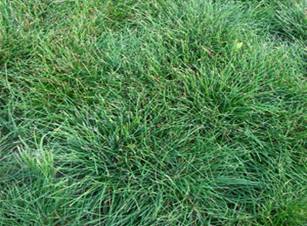
|
Fescue grass |
|
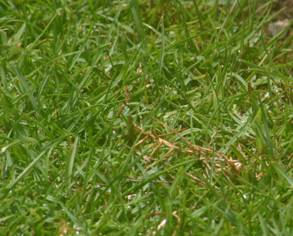
|
Paspalum vaginatum |
|
|
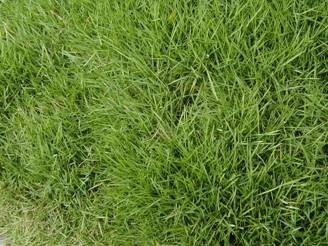 |
| Cynodon dactylon |
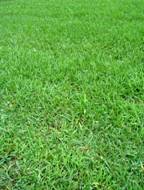 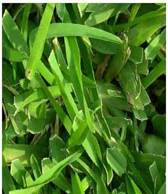
|
Stenotaphrum secundatum |
|
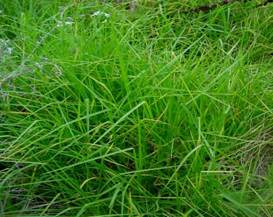
|
Pennisetum clandestinum |
|
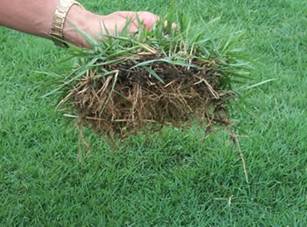
|
Zoysia japonica |
|

|
Bermuda grass |
|
|








